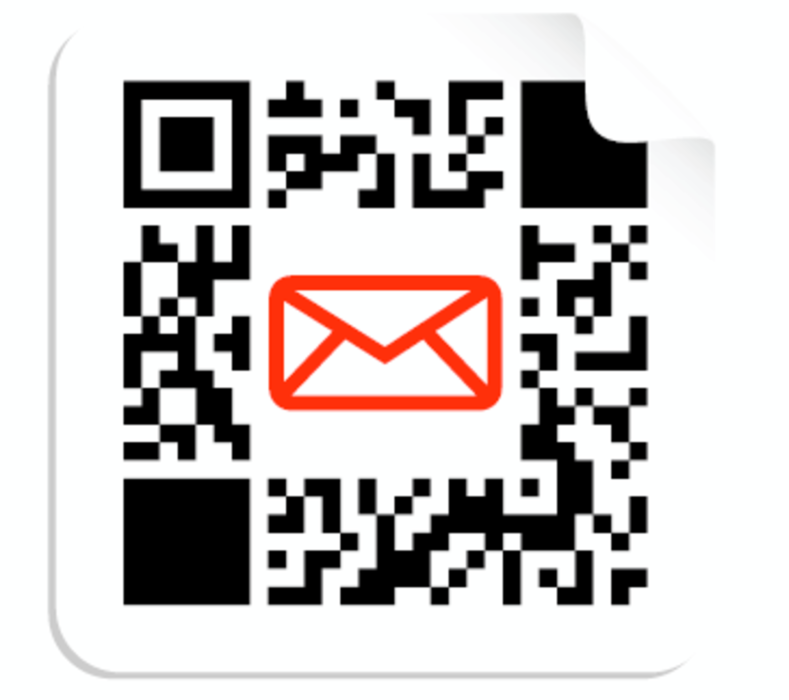Direct mail is the Staten Island of multichannel marketing campaigns. Like the fifth borough of New York City, this communication channel is too often forgotten. Despite the lip service around developing fully integrated campaigns, most of that integration seems relegated to the growing sprawl of digital networks and devices.
So, over the past few years the U.S. Postal Service (USPS) has been actively developing tools and incentives designed to better connect direct mail and digital channels, and guide the mailstream into the digital world.
Gary Reblin, VP of new products and innovation at the USPS, feels that the agency has elevated awareness of how technologies can improve the success of direct mail campaigns. Its evangelism typically comes in the form of promotions that provide incentives for marketers to include technologies like 2D barcodes, near field communication (NFC), or augmented reality (AR) in their direct mail pieces and catalogs. In recent years the USPS has given postage discounts (usually about 2 to 3%) to marketers integrating 2D barcodes into their mailers, so long as those marketers satisfied certain criteria like having a mobile website with relevant information.
From August 1 through September 30, the USPS will commence a program that offers a 2% discount to mailers that integrate NFC, AR, or an authentication component (e.g., a credit card offer with a QR code that routes consumers to a place where their identity can be confirmed). Registration for the program began on June 15 and lasts through September 30.
“One thing we’ve learned is that it helps if we can share best practices with our customers when implementing our promotions, so they get the best results,” Reblin says. For instance, mailers using AR—a technology that enhances physical pieces with text, video, or graphics—must have relevance to the mail content, must be interactive, and must have images overlaid across the mail piece.
Reblin is most enthusiastic about NFC, which enables data transfer based on proximity. “Market penetration may take some time, but it’s a natural fit, with the way consumers interact with their mobile phones and direct mail,” he says.
Managing mail online
While Reblin’s team works to enhance physical mail, Randy Miskanic, VP of secure digital solutions at the USPS, oversees the development of digital tools like MyPost, which allow consumers and marketers to see what’s in their mailstream before it’s actually delivered—imagine an inbox that lists upcoming mail deliveries instead of email. The value for marketers is that they could send anticipatory messages that generate excitement or that contain value-added offers. Moreover, marketers will have greater insight into where their pieces are in the mailstream.
“USPS.com is one of the most frequently visited government sites with 423 million visits in 2012,” Miskanic points out. “Track and Confirm was the number one site visited on usps.com. With this level of online adoption, we’re confident that consumers and businesses looking for more robust data about their mail and packages will have a seamless transition to MyPost.”
Currently, there’s no set timeline to introduce MyPost to the general populace. For Miskanic, the rollout of these projects are iterative; his department tests product concepts with certain users, gathers feedback, and from that information makes changes until it builds the optimal solution.
USPS’s goal is to build out a consistent digital strategy across the entire organization, Reblin says.







